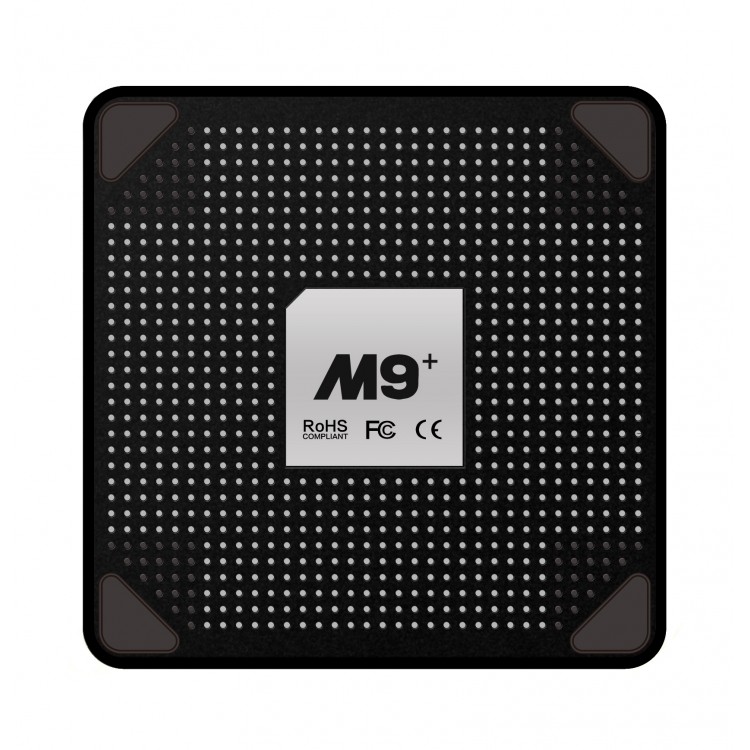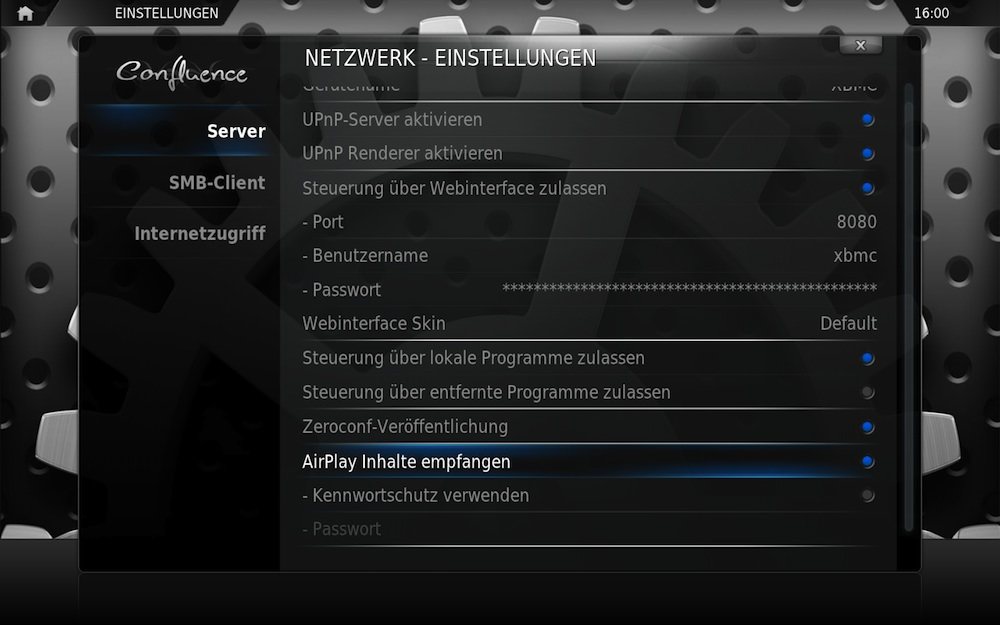
vr renderer: Select a video renderer to use (rpi, gstreamer, or dummy) a (hdmi|analog|off): Set audio output device As a side effect, playback will be choppy and audio-video sync will be noticably off.

Low-latency mode reduces latency by effectively rendering audio and video frames as soon as they are received, ignoring the associated timestamps. f (horiz|vert|both): Specify image flipping. r (90|180|270): Specify image rotation in multiples of 90 degrees. b (on|auto|off): Show black background always, only during active connection, or never. n name: Specify the network name of the AirPlay server. Start the rpiplay executable and an AirPlay mirror target device will appear in the network.Īt the moment, these options are implemented: ilclient and Broadcom's OpenMAX stack as present in /opt/vc in Raspbian.įor downloading the code, use these commands:.libavahi-compat-libdnssd-dev (for the bonjour registration).The following packages are required for building on Raspbian: RPiPlay might not be suitable for remote video playback, as it lacks a dedicated component for that: It seems like AirPlay on an AppleTV effectively runs a web server on the device and sends the URL to the AppleTV, thus avoiding the re-encoding of the video.įor rough details, refer to the (mostly obsolete) inofficial AirPlay specification. Make sure no other demanding tasks are running (this is particularly important for audio on the Pi Zero)īy using OpenSSL for AES decryption, I was able to speed up the decryption of video packets from up to 0.2 seconds to up to 0.007 seconds for large packets (On the Pi Zero).Make sure you don't use the -d debug log flag.Make sure the DUMP flags are not active.



 0 kommentar(er)
0 kommentar(er)
